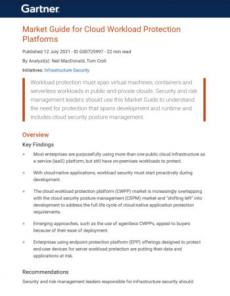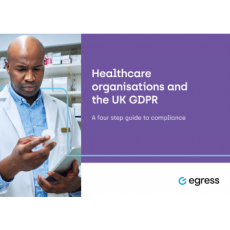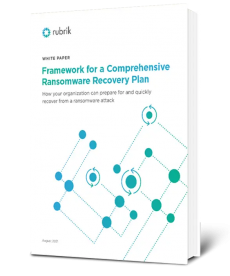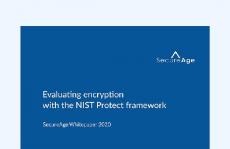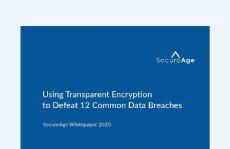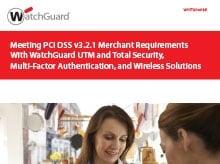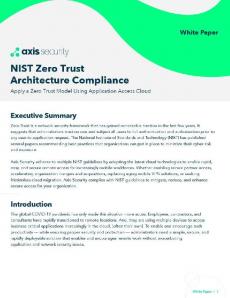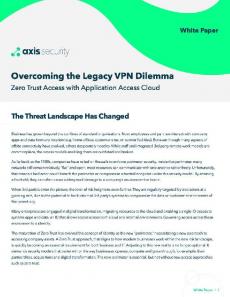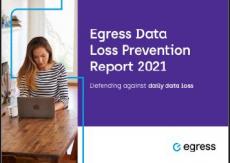2021 Gartner Market Guide for Cloud Workload Protection Platforms (CWPP)
Based on our understanding of the Gartner report, security and risk management leaders should develop a strategy for addressing the unique and dynamic requirements for protecting hybrid cloud workloads. Gartner's recommendations for cloud workload security include: Sysdig is listed by Gartner® as a Representative Vendor for Cloud Workload Protection Platforms. Gartner also notes Sysdig in the list of companies building or acquiring CSPM capabilities.


